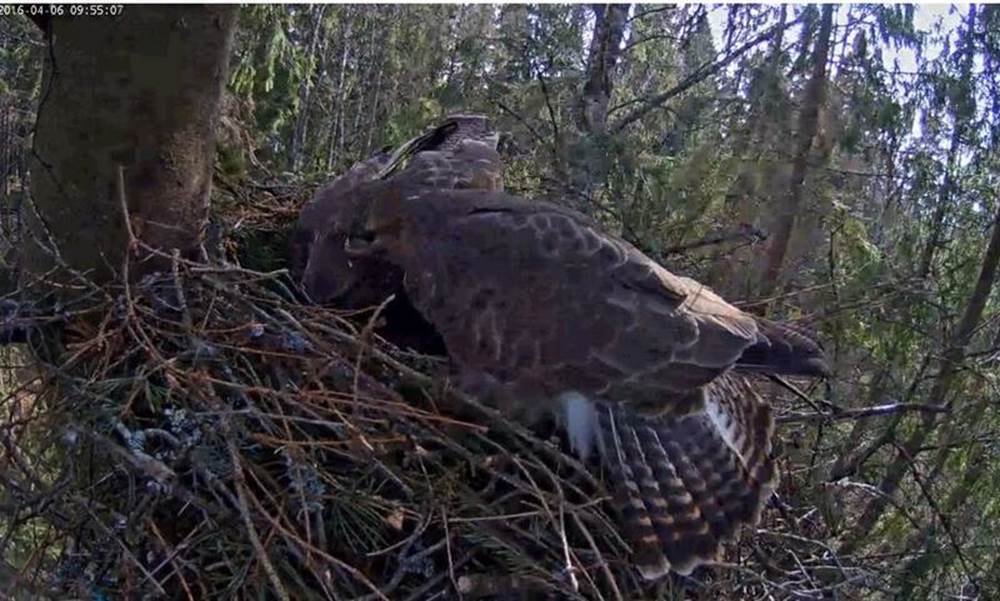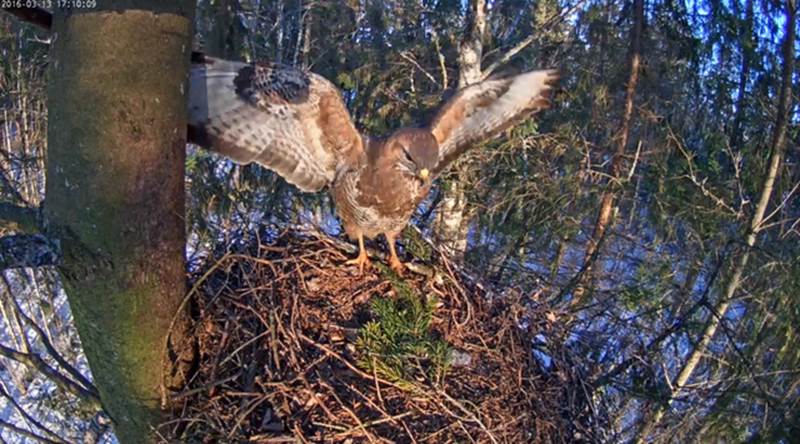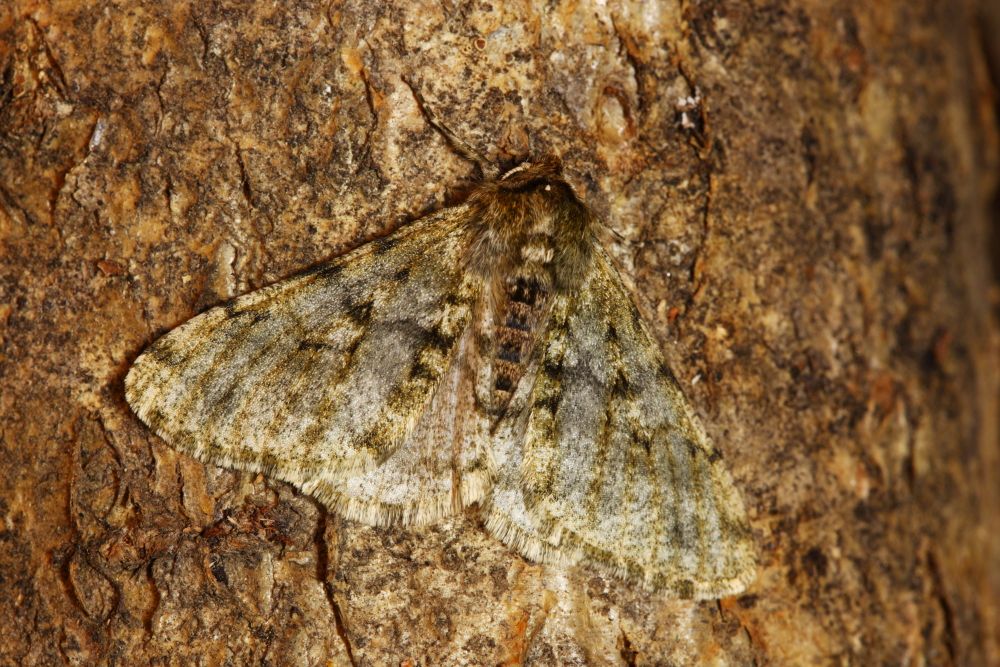READER’S LETTER: What about the white storks who are left without nests?
Photo Arne Ader
Translation Liis
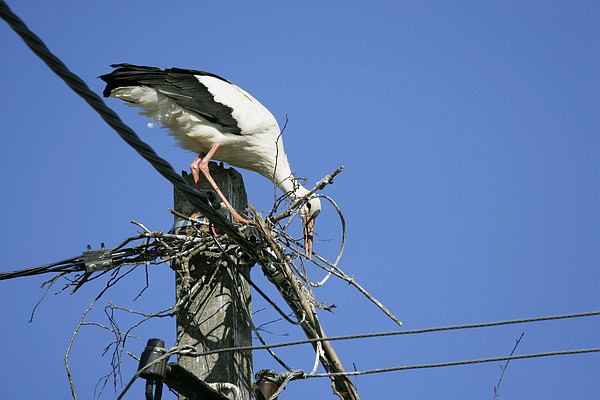
White stork building nest
.
It would be very interesting to know what the white storks do whose nests on the power lines have been demolished?
We often go by train in the Rapla direction and it is always nice to see the stork nests along the railway but last week all nests on top of the electricity poles were gone (destroyed). How will the storks behave now: do they build a new nest in the same place or do they leave for another place altogether?
I think many of us are interested in the fate of the storks
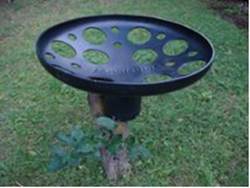
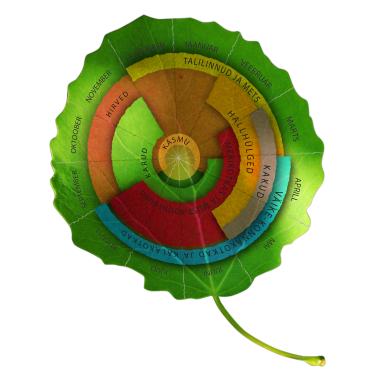 Latest news
Latest news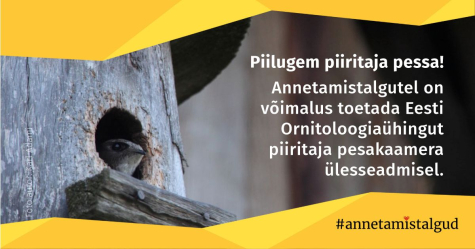
 Loodusemees.ee - the day in pictures
Loodusemees.ee - the day in pictures Videos
Videos
 My Forest
My Forest